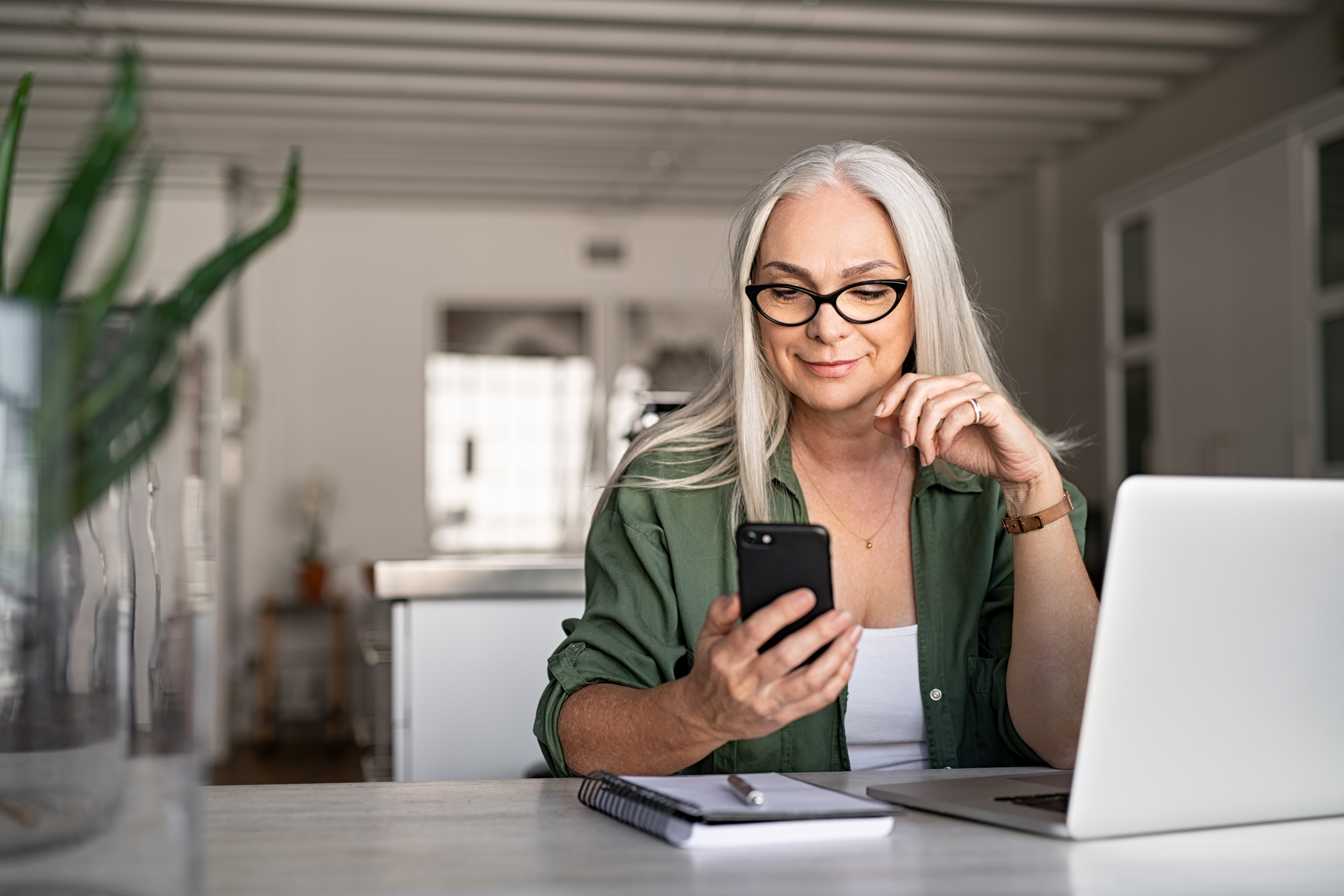COVID-19 has forced many patients away from the doctor’s office, which has impacted both patients and practitioners alike, but the distance imposed by the pandemic has highlighted the effectiveness of remote monitoring to prevent unnecessary medical costs.
For vascular surgeons like Dr. Edic Stephanian at Vascular Care of Texas, remote monitoring was already an important part of making sure his complex patients remained in good health before coronavirus, but the pandemic has only heightened the technology’s importance.
Stephanian’s patients are usually the at-risk population for coronavirus, and are often elderly, diabetic, and have other comorbidities that make them susceptible to the virus and in need of more complex case management.
Last June, the practice launched a solution where patients are texted a series of questions about their condition and vital signs as a way to collect data and keep data on their patients. Not only does it allow for increased frequency and volume of interaction, it also provides more long-lasting contact for patients who may be doing well one month after surgery but be struggling again six months later.
Patients receive messages asking about their dialysis measures, sugar levels, blood pressure, oxygen rates, heart rates, and other information every day, and providers have guided the algorithm to respond with follow up questions about medication and other measures if the data points fall out of the normal and healthy range. The software also has a COVID-19 pathway that screens for symptoms and provides information about next steps that are specific to the pandemic. “When the data comes into our system we are alerted to it and can catch problems before they become a real issue,” Stephanian says. “It is almost like they are coming to the office every day.”
Prior to COVID-19, there were around 100 people enrolled in the system, but the virus has led the practice to expand enrollment up to 250 patients. If a data point comes back in the unhealthy range, providers can arrange a virtual visit, which is helpful as vulnerable populations avoid crowds and is convenient for those who live hours away from the office. The system also involved an educational message for patients to help them understand how their choices are impacting their health.
For those who need vascular surgery, complications afterward could threaten a limb or even be deadly, so the consistent contact with the provider can be a life saver. The remote monitoring is able avoid potential bad outcomes that may not be seen from infrequent office visits, and will keep the patients out of the hospital and in good health, reducing costs for payers and patients alike.
Looking ahead, Stephanian would like to see increased monitoring capabilities, including ultrasound machines, bluetooth enabled monitors, and other equipment that would allow it to get an even more accurate idea of how patients are doing from the comfort of their homes. The increased data is helpful, and because of the way the algorithms are built, the staff is easily able to navigate the information and decide where and when to intervene. “It takes work to do this, but we have the manpower,” he says.






